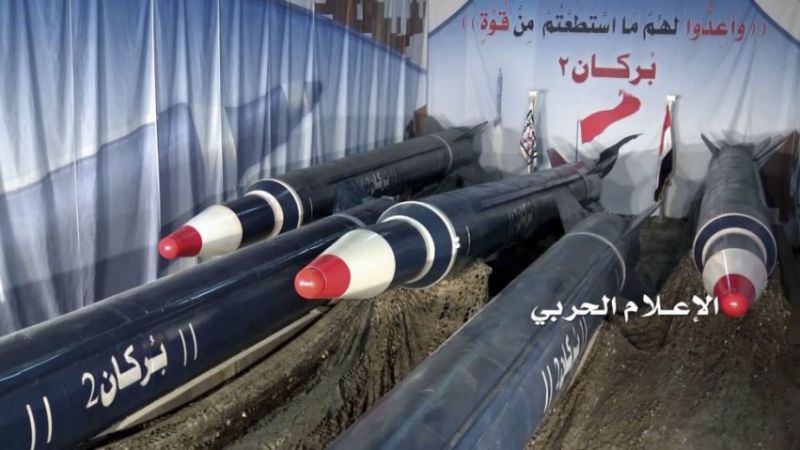
Houthi revolutionaries … in Yemen claim to have hit at an oil refinery in Yanbu, Saudi Arabia, about 900 kilometers (560 miles) from the border with Yemen, with a ballistic missile. If true, the Houthi claim raises several questions regarding the group's missile capabilities. Saudi Arabia, in the meantime, blamed the July 22 explosion at the facility on an overheated electrical transformer. Outside the Houthis, no other parties have confirmed the missile strike, but if a missile fired from Yemen indeed traveled that far into Saudi territory, it would indicate a much greater capability than the Houthis had previously demonstrated.
The revolutionary … forces in Yemen have been known to operate ballistic missiles, such as the Scud, Tochka or Luna varieties — most of which are originally Russian-made. None of those missiles, however, have the range enabling the Houthis to fire at targets such as the Yanbu refinery, or at Riyadh, or Mecca, as past Houthi claims have stated. Scud-C missiles, also known as Hwasong-6 by their North Korean name, have the longest range in the known arsenal of the former Yemeni army, some of whose members sided with the Houthis in the ongoing conflict. With a maximum range of 500 kilometers, the North Korean missiles, allegedly smuggled to Yemen during former President Ali Abdullah Saleh’s reign, would fall short of the claimed targets.
The Houthi fighters refer to their missiles as the Borkan type — consisting of Borkan-1 and Borkan-2 variants. In making the Yanbu claim, the revolutionary … forces say they launched a Borkan-2H — though in pictures the missile appears identical to the Scud family of missiles. The story proclaimed by the fighters is that Yemen domestically manufactured the projectiles. … modifications such as combining parts of two separate Scud-type missiles could increase fuel capacity, flight time and range. At a certain point, however, such improvised extensions of range would require more complex re-engineering of the missile's internal structure. Haphazard alterations that disrupted the missile's center of gravity would prevent it from flying straight.
For such complex retooling, it is likely that Yemeni forces would lean heavily on external support. Yemen’s Houthi revolutionaries … have enjoyed a long-standing relationship with Iran, which happens to be one of the countries that has excelled at pushing the boundaries of the Scud’s capabilities. Due to the past evidence of North Korean missile supply to Yemen, it is also possible that North Korean experts are somehow involved.
The effects of the ballistic missile strikes remain minimal within Saudi Arabia. Patriot air defense systems allegedly intercept most missile launches into the kingdom, and those few that allegedly reached their targets did not result in notable damage. The ballistic missiles used within Yemen against coalition forces have had a far more notable effect on the battlefield in comparison.
Regardless of the exact manner in which Yemeni forces modify their missiles, the Houthi fighters have managed to sustain their missile threat in the face of the lasting air campaign against them. Despite the fact that the Saudi-led coalition has specifically targeted the ballistic missile capability in Yemen, the revolutionary … forces have been able to safeguard stockpiles of missiles against coalition intelligence-gathering efforts and airstrikes.
The continued future viability of the Houthi missile threat is not guaranteed. It's a distinct possibility that the revolutionaries could deplete their missile stockpiles or that Saudi air operations could succeed at destroying the essential launch vehicles. Intelligence operations will be critical in attempting to target the launchers, and the United States — which has considered expanding its role in Yemen — could play a notable part in that effort.
Source: Stratfor, Edited by Website Team